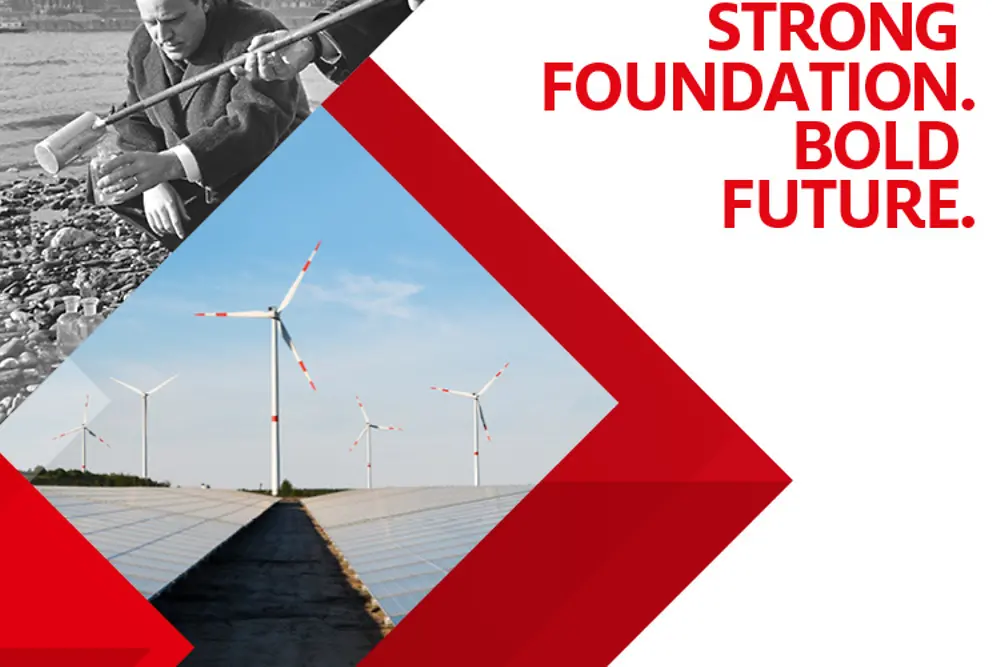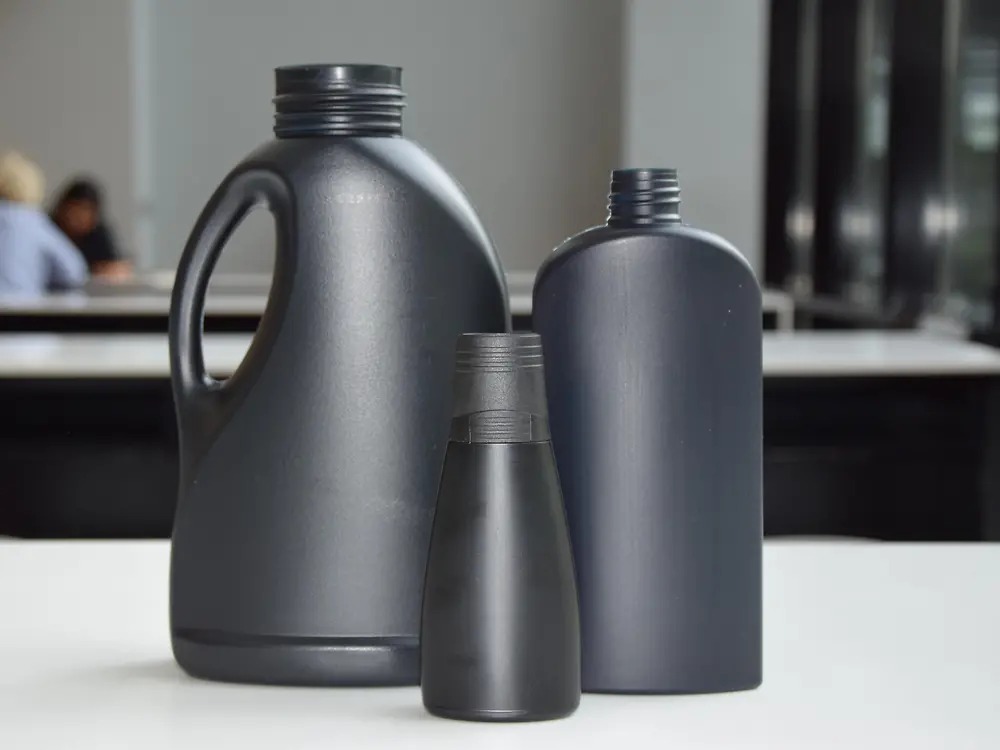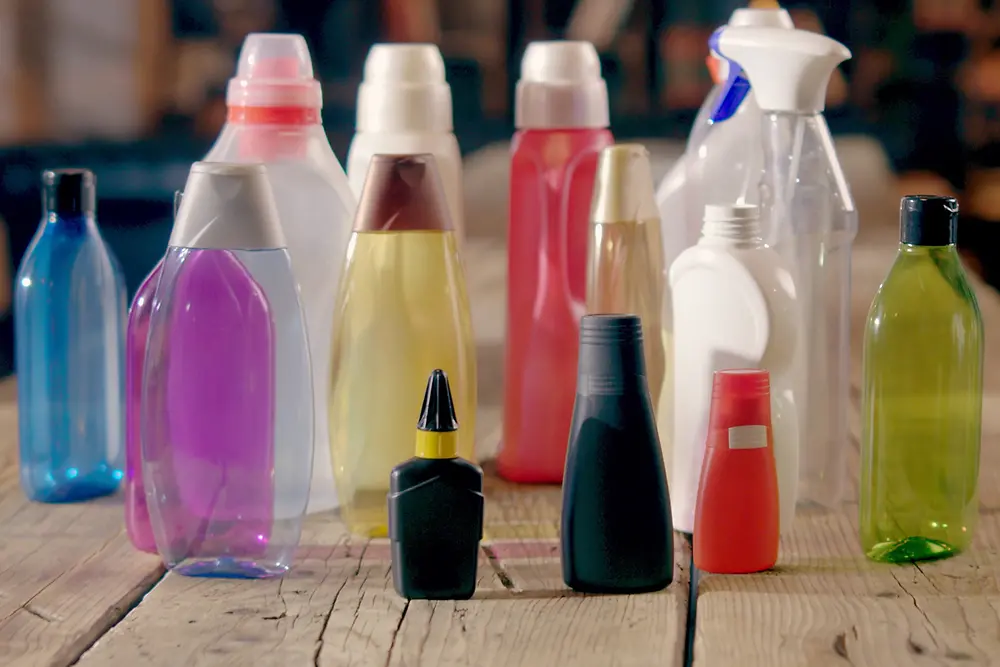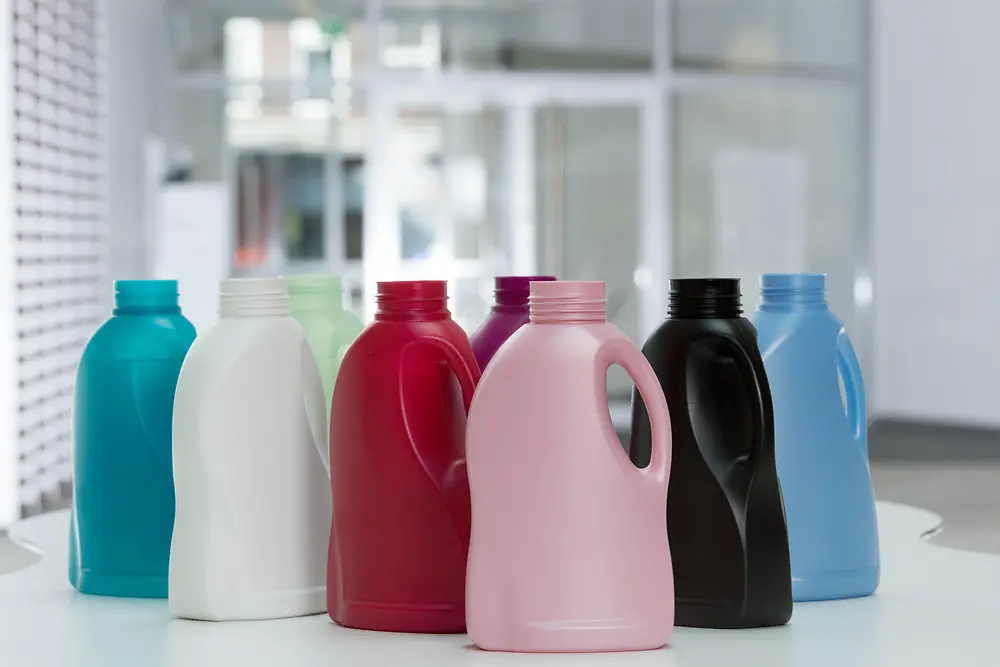Learn more about Henkel Brands & Businesses in UK & Irelands: Includes useful information about the brands, technologies and latest innovations in our business areas: Henkel Adhesive Technologies and Henkel Consumer Brands.
How a detergent bottle redesign cut 3,500 tonnes of plastic waste
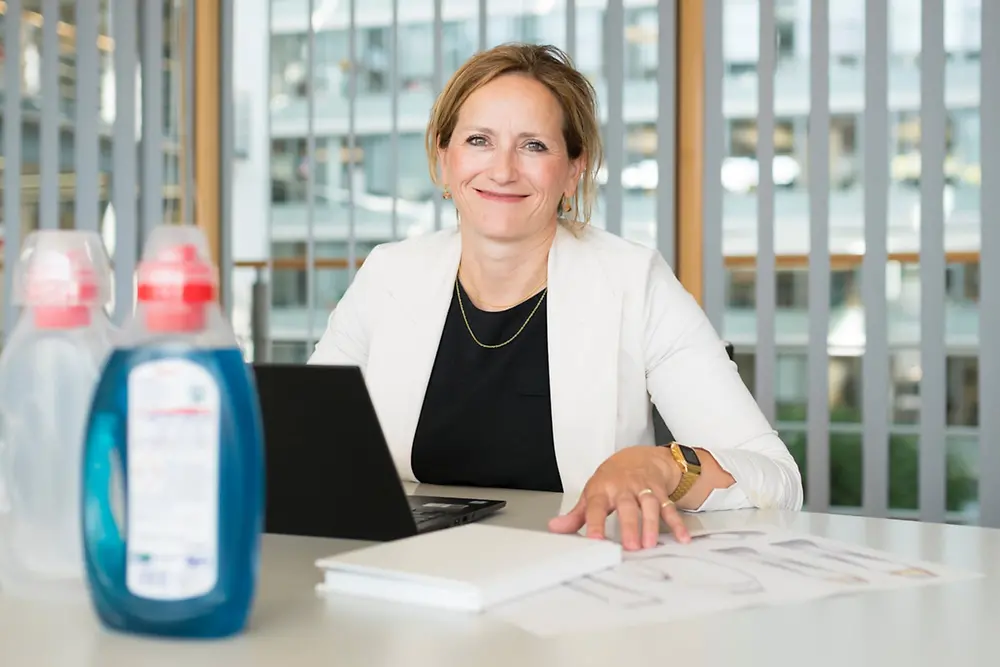
Putting sustainability at the heart of Henkel’s laundry and home care packaging has reduced plastic waste and CO2 emissions, says global packaging development manager Dannielle Borger
Henkel’s laundry and home care products, which range from heavy-duty detergents to toilet cleaners, are used in millions of households every day. It’s therefore important that their packing uses resources efficiently – something Dannielle Borger, who’s responsible for global packaging development in liquid detergents, knows only too well.
Since joining the laundry and home care packaging team in 2010, she’s overseen everything from innovative new bottle designs to how those bottles are filled when they reach the company’s production lines. The packaging development department is increasingly involved in collaborative development projects, working with different research institutes, packaging suppliers and other organisations to make Henkel’s product packaging even more sustainable.
“Once everything was developed in-house in your own department, but nowadays we do a lot more work with external partners,” she says. “We have some preferred ones, of course, with whom we cooperate a lot. But we also like to work with new innovation partners on sustainability – including a lot of startups with some special out-of-the-box ideas.”
Last year, Borger and her department led a project that aimed to improve the resource efficiency of liquid laundry detergents by introducing more concentrated versions in Europe. “We saw it as an opportunity to fully harmonise our detergent packaging portfolio, which was a very challenging job in terms of maintaining or even improving the performance that each country is used to,” she says. The packaging development team wanted to make the new packaging ready for the future. E-commerce safety was key, “so that when you ship something via external partners it reaches the consumer in perfect condition”.
Ultimately, the 23 packaging formats that Henkel produced for the European market were harmonised into 12 formats. The concentrated formula of these new laundry detergents means that 50ml is sufficient for one load of laundry – rather than the 73ml needed before the redesign – even when washing at lower temperatures.
Henkel claims a more compact bottle design has helped it to save approximately 3,500 tonnes of plastic a year. In addition, it has saved 4,200 tonnes of CO2 a year in the transport of these detergents, and after use the new bottles result in at least 50,000 fewer waste bins of plastic waste.
Together with Weener Plastics, Henkel also developed a new dispensing closure for the new bottle. Extensive testing resulted in a smart spout design that helps consumers to use accurate amounts of detergent, delivering clean dispensing throughout the whole bottle. The new closure includes a soft-sealing element to prevent leakage during e-commerce shipping. “When we developed packaging a decade ago, e-commerce was not a topic we had to consider,” says Borger. “But now all our packaging needs to be e-commerce ready.”
When the packaging team develop new bottle designs, they consider the potential footprint when the bottles are stacked on a pallet and factor in both in-store and online channels. “If you can put more bottles on a pallet, that’s not only more economical financially, but you’re also reducing your environmental impact because fewer trucks will then be driving around.”
Successfully completing a big project like the redesigned bottle doesn’t mean the packaging team aren’t looking for the next challenge. “We are pushing forward on all aspects of sustainability,” says Borger, adding that the department’s innovation managers are constantly scanning for new trends and developments that might fit with Henkel’s sustainability ambitions.
“We have made big strides here over the past few years,” says Borger, pointing out that some softener and dishwashing bottles are now made from 100% recycled resins.
Henkel used to do all its product development in-house, but ‘we also like to work with new innovation partners on sustainability – including a lot of startups with some special out-of-the-box ideas,’ says Borger.
The plastic that is collected by local communities is sorted and processed, and then integrated into recycling value chains as Social Plastic®
Social Plastic – plastic collected before it enters oceans and waterways, which provides money, goods and services for collectors in developing nations – has also been introduced into Henkel’s Pro Nature range of cleaning products. Borger says the laundry and home care packaging team are keen to incorporate it into more brands too. “We would love to put more recycled material and Social Plastic into our packaging, and we have a lot of products where they would fit well,” she says. However, sourcing large amounts of social and recycled plastic is currently a big challenge.
Working with packaging manufacturer Mondi, Henkel has also managed to incorporate scrap plastic into flexible laminated packaging. Other innovations include fully recyclable black plastic bottles, which use an alternative carbon-free black colourant that is recognised by the near-infrared sensors used in plastic sorting machines. Developed in collaboration with Ampacet, it was introduced for toilet cleaning products in Germany in May, with further products to follow later this year.
All these solutions aren’t just good for the environment – they’re what customers want too. “We’re always listening to consumers and trying to adapt to their needs, and in terms of sustainability, we get a lot of feedback from them that that’s the direction they want us to go in,” says Borger.

